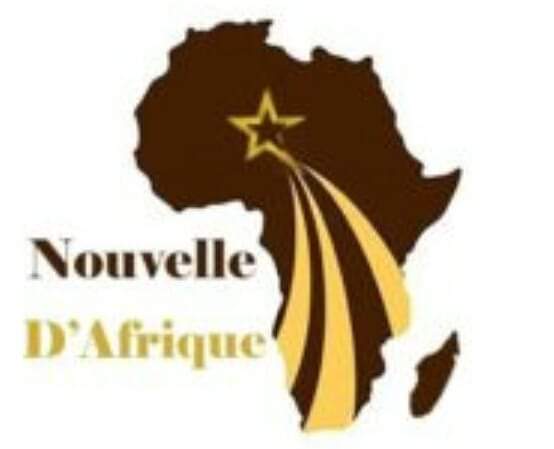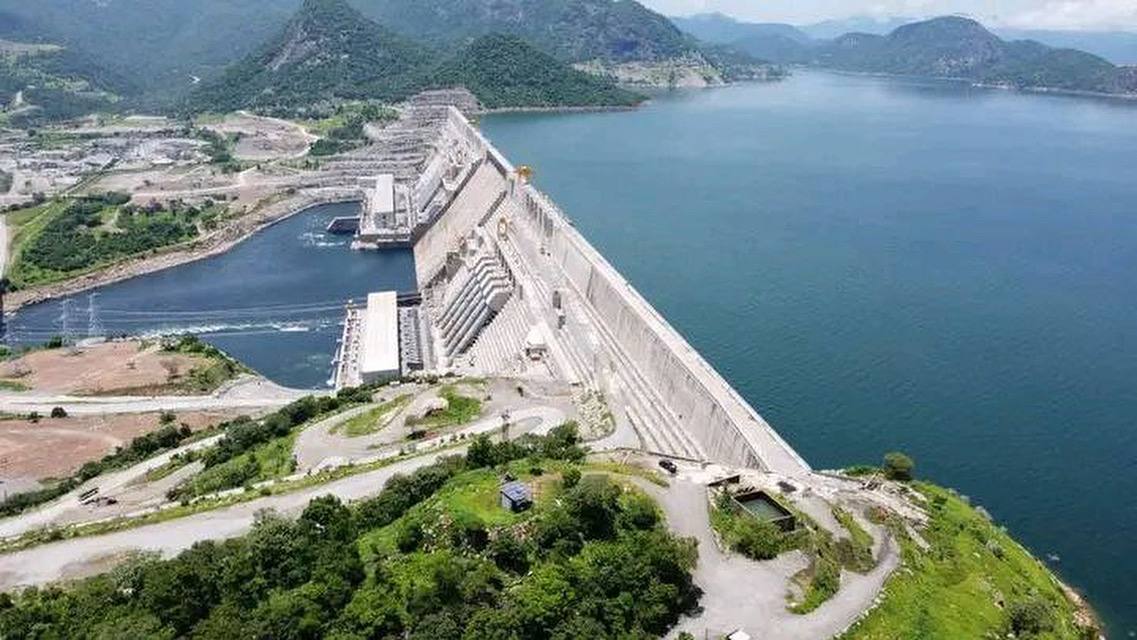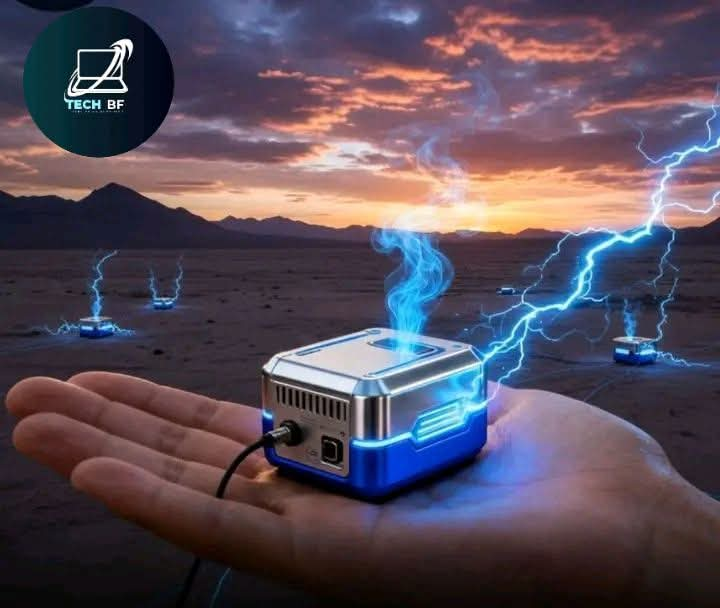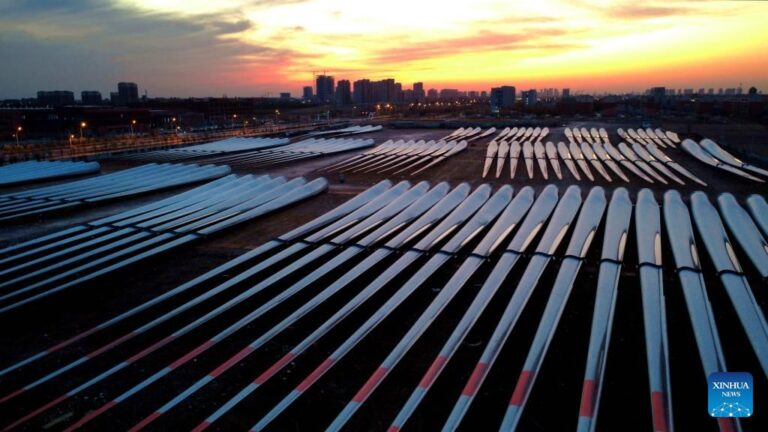0076/HAAC/01-2023/pl/P
BENISHANGUL-GUMUZ, ETHIOPIA ,September 9, 2025 In a historic ceremony brimming with national pride and pan-African symbolism, the Federal Democratic Republic of Ethiopia officially inaugurated the Grand Ethiopian Renaissance Dam (GERD), Africa’s largest hydroelectric power project. The event, held on the banks of the Abay (Blue Nile) River, served as both the culmination of a 14-year national endeavor and the launchpad for an unprecedented $30 billion national development agenda aimed at cementing Ethiopia’s economic sovereignty and regional leadership.
A Monument to National Resolve
The GERD, with a colossal installed capacity of 6,450 megawatts, is a project unlike any other on the continent. Financed entirely through domestic means including government bonds, public fundraising campaigns, and contributions from the Ethiopian diaspora it stands as a potent symbol of self-reliance. Prime Minister Abiy Ahmed (PhD) articulated this sentiment in his keynote address, declaring, “The era of dependence will soon be over. Ethiopia’s prosperity is unstoppable. We do not seek harm; we seek shared prosperity.”
The dam is projected to double Ethiopia’s current electricity generation, providing affordable power to millions of citizens and positioning the nation as a key electricity exporter to neighboring countries, thereby fostering regional economic integration.
A Gathering of Continental Solidarity
The inauguration transcended national borders, drawing a distinguished assembly of leaders who framed the project as a pan-African achievement.
· Kenya’s President William Ruto hailed the dam as “a Pan-African statement of self-reliance,” noting that “the path to peace lies in unity, not isolation.”
· South Sudan’s President Salva Kiir called the GERD “a symbol of unity, sacrifice, and determination,” affirming that “the progress of one nation is the progress of all.”
· The presence of Somali President Hassan Sheikh Mohamud and Djibouti’s President Ismaïl Omar Guelleh underscored the project’s significance for East African integration and trade corridors.
· Prime Minister Mia Mottley of Barbados, attending as an AU diaspora representative, delivered a powerful metaphor, likening the GERD to “the Adwa of engineering,” drawing a direct line between Ethiopia’s historic 1896 victory against colonialism and its current pursuit of economic emancipation.
The attendance of AU Commission Chair H.E. Mahmoud Ali Youssouf and UNECA Executive Secretary H.E. Claver Gatete further highlighted the project’s continental importance.
The $30 Billion Blueprint: From Energy to Economic Powerhouse
Moving beyond celebration, Prime Minister Abiy unveiled a sweeping and ambitious portfolio of mega-projects valued at $30 billion, signaling Ethiopia’s intent to leverage the GERD’s success into broad-based industrialization.
The flagship initiatives include:
- Civil Nuclear Power Plant: Described by PM Abiy as “equal to the GERD in scale and significance,” this project aims to diversify Ethiopia’s energy mix, provide baseload power for industry, and place the nation among the ranks of economies pursuing advanced, peaceful nuclear technology.
- Expansion of Ethiopian Airlines Hub: Plans for a new aviation megaproject, envisioned as Africa’s largest airport with an initial capacity for 60 million passengers annually, are underway. This is designed to solidify Addis Ababa’s status as the continent’s premier aviation and logistics gateway.
- Hydrocarbon Transformation: Ethiopia is poised to become a significant energy producer. A first gas factory will be inaugurated in the coming weeks, followed by a second facility “ten times larger.” Concurrently, plans for the country’s first oil refinery are advancing, aiming to add value to domestic extraction and reduce dependency on imported refined fuels.
- Agricultural Security: A finalized deal for a new fertilizer production plant directly targets the backbone of the Ethiopian economy agriculture. This strategic investment is critical for boosting crop yields, ensuring food security, and saving foreign exchange.
- Massive Housing Initiative: underscoring the social dimension of this development push, the government committed to constructing 1.5 million homes over the next five to six years to address urban housing shortages.
Financing the Future: The GERD as an Economic Engine
A central pillar of the government’s strategy is the reinvestment of the GERD’s future export revenues. The substantial foreign currency earnings from electricity sales to Sudan, South Sudan, Kenya, and beyond are earmarked to fund these ambitious mega-projects, creating a virtuous cycle of energy-driven economic growth.
Analysis: Navigating Geopolitics and Future Challenges
While the inauguration marks a definitive milestone, the path forward is complex.
· Regional Hydrology: Ethiopia has consistently framed the GERD as a project for shared prosperity. However, managing downstream concerns from Sudan and Egypt regarding water flow during multi-year droughts will require sustained diplomatic engagement and transparent operational cooperation.
· Financial Execution: A $30 billion investment agenda is monumental for an economy that has recently faced significant fiscal pressures. attracting foreign direct investment (FDI) to complement domestic resources and GERD revenues will be crucial. The government’s ability to manage debt and execute these projects efficiently will be closely watched by international financial institutions.
· Industrial Demand: Generating vast amounts of power is one achievement; creating the domestic industrial and commercial demand to consume it is another.
Success hinges on simultaneously stimulating manufacturing, agro-processing, and technology sectors.
Emebet Asefa, Correspondent
Benishangul Gumuz,Ethiopia





